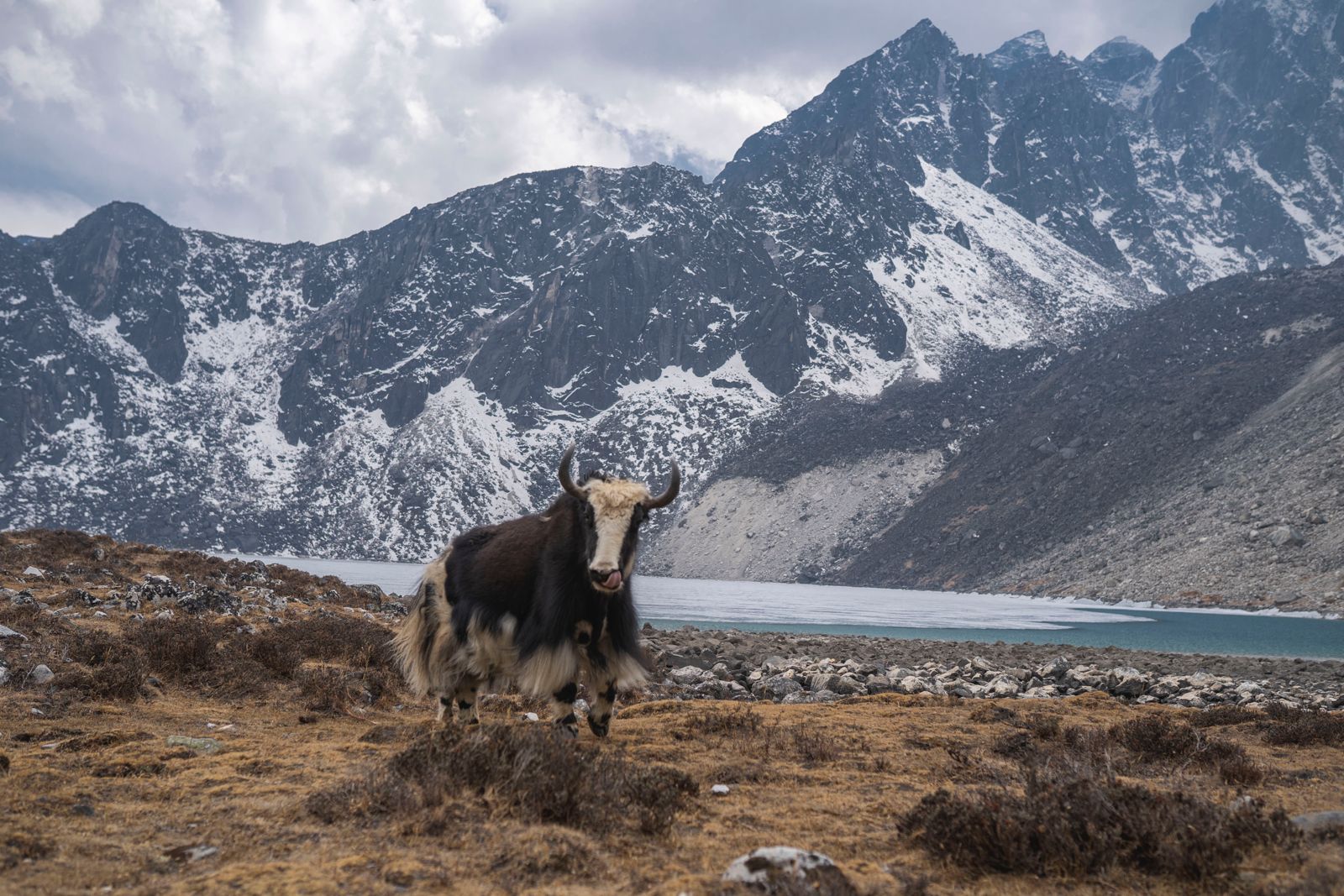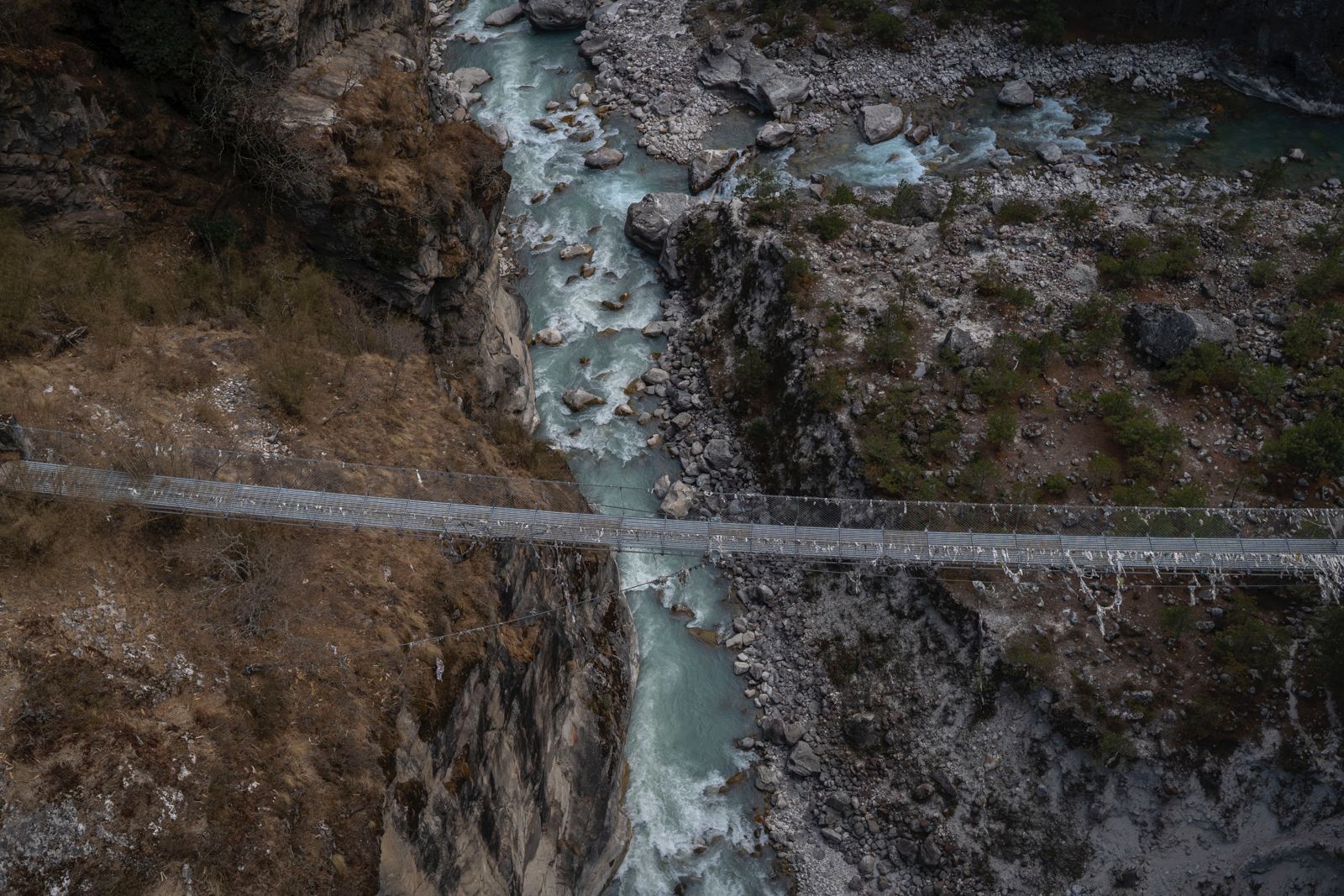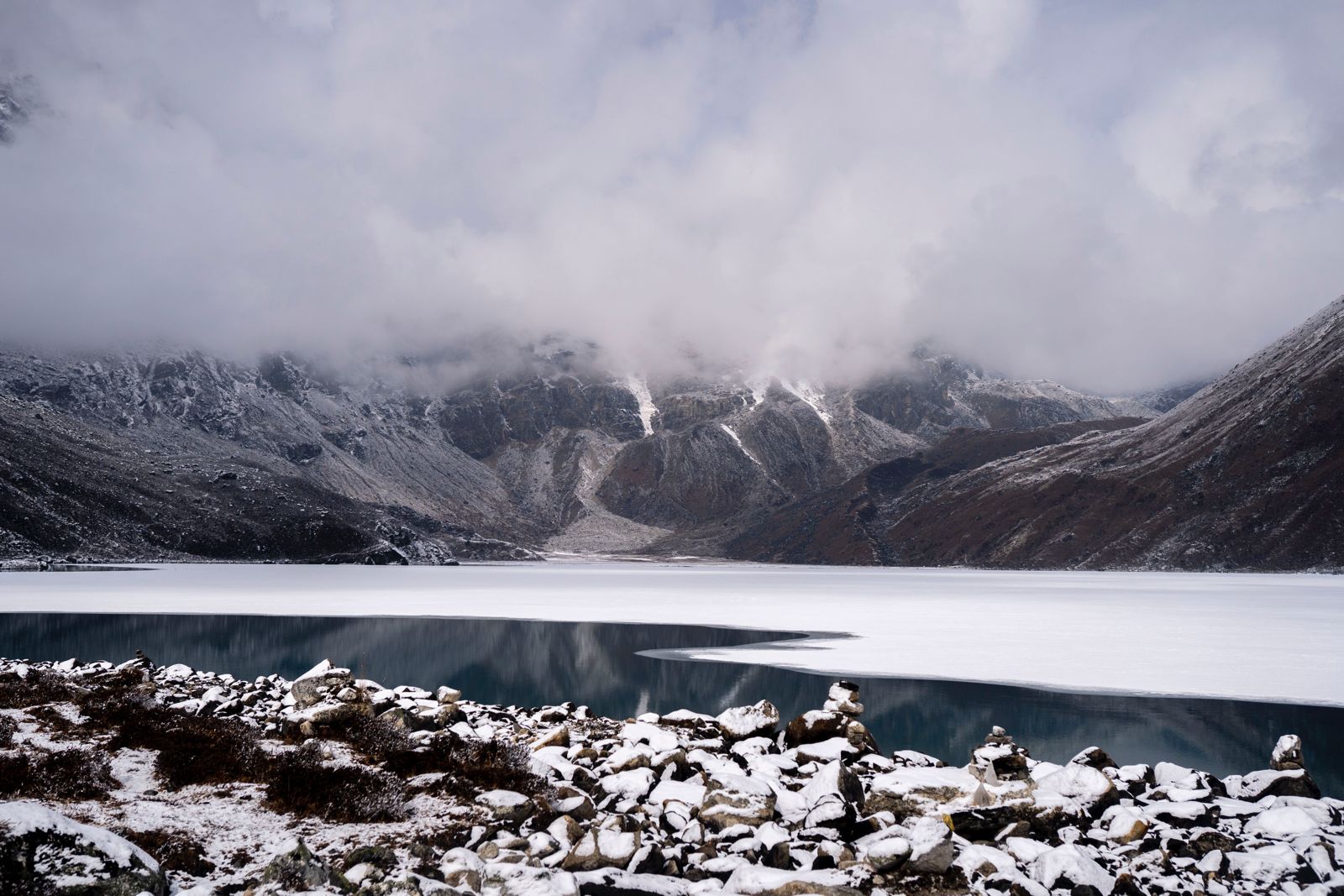Lessons in Climate Resilience from the Hindu Kush Himalaya
What mountainous communities can teach us
Spanning eight countries – Nepal, Bhutan, India, China, Bangladesh, Myanmar, Pakistan, and Afghanistan – the Hindu Kush Himalaya (HKH) is unique not only for its ecosystems but also the vast and varied knowledge held by the local communities who call it home. However, climate change is threatening the region at a previously unknown scale and pace, making adaptation and resilience-building more imperative than ever.
Records kept since 1950 show that mountains have been warming about 25 to 50% faster than the global average. Shifts in other phenomena, such as precipitation and water patterns, are also intensifying, creating additional challenges for the mountain communities that rely on these ecosystems for their survival. While these communities have a long history of adapting to harsh environments, they are now at a crossroads. Natural resources, ecosystems, and traditional ways of life are all at risk. This raises pressing questions: how can communities adapt quickly enough to survive in an ever-changing climate? How can they bounce back from the increasing frequency of environmental shocks?
Dr. David James Molden, who served as Director General of the International Centre for Integrated Mountain Development (ICIMOD) from 2011 to 2020, has spent decades developing sustainable solutions for mountainous regions. In an interview with REVOLVE, Molden discussed the impacts of climate change on mountainous regions and explained why the key to building resilience lies within the strength, knowledge, and adaptive capacity of the local communities themselves.
The main challenges faced by mountain communities
The challenges faced by mountainous communities are interconnected, altering their natural resources, ecosystems, ways of living, and social systems. Three prevalent issues emerged in REVOLVE’s interview with Molden: changing water patterns, the conversion of ecosystems and biodiversity loss, and the urgent need for these communities to adapt swiftly to shifting environmental conditions.

Molden emphasised the deep understanding that local communities have of these changes. Through the ICIMOD, communities have developed flood early warning systems, revived ponds and springs, and created new agricultural practices to adapt to changing water patterns. The future, however, depends on these communities being able to scale up these solutions while preparing for even greater challenges.
“The real key in resilience building are the communities themselves,” Molden emphasised. “I’m thinking about rural communities. It’s important to recognise that these people have been tackling these problems for a long time and have developed their solutions. Sometimes that engagement is to understand how they see the problem and what are the potential solutions. So, it’s kind of co-developing solutions with communities.”
Water security
Water is essential for human health, agriculture, and the sustainable socio-economic development of communities.
In 2010, the UN General Assembly recognised the human right to water and sanitation, and the UN SDG 6 calls for “ensuring availability and sustainable management of water and sanitation for all”. In the HKH region, changing water patterns pose one of the greatest threats to both upstream and downstream communities.

Glacier melt, floods, droughts, and mountain erosion are among the most significant hydrological changes. The HKH region, often referred to as the “Third Pole” due to its massive ice reserves, has seen faster glacier melt than other mountain ranges. This has both direct and indirect consequences for the over 1 billion people who depend on the Indus, Ganges, and Brahmaputra river systems. In the summer months, when other sources of water are scarce, snow and glacial runoff help sustain water supplies, but they also increase the risk of floods and landslides.
Conversion of ecosystems and biodiversity loss
The conversion of ecosystems – the change of one ecosystem to the other, often driven by human inputs and management based on societal needs and desires – is another pressing issue in the Himalayas. The expansion of plantations, deforestation and other external interventions have resulted in the loss of biodiversity and essential resources for local communities and poses a direct threat to the cultures, traditions and provision of essential goods and services to them.
The implementation of nature-based solutions is critical for protecting mountain ecosystems.
Molden stressed that external actors must be mindful of how they engage with these communities. “You can do bad, and you can do good,” he summarised. As an external actor, you can help communities in their business activities, but the challenge is to do it in a way that builds the local capabilities, local knowledge that builds on the social network. For Molden, external actors can’t “just throw money or infrastructure at the problem.” Rather than imposing outside solutions that may exacerbate underlying issues, the key lies in collaboratively crafting solutions with local people and governments, building on existing knowledge and social networks.
Can these communities adapt fast enough?
A central question remains: can these communities adapt fast enough to these environmental threats?
Climate change brings not only direct environmental challenges but also more indirect social disruptions. For instance, dengue fever appeared in recent years in the Kathmandu region, threatening the social systems. In the Khumbu region in Nepal, the bursting of lakes due to the melting of glaciers destroyed the dams, causing a big flood that destroyed villages. To tap into this glacier water, local communities will have to dig their canals higher and higher.
Another social disruption linked to climate change is the increase of male-out-migration. This migration has reshaped gender roles, affecting women’s work and, on a wider level, household’s food security. In many instances, women have become the main caretakers of natural resources and agricultural systems. Molden emphasised the strong knowledge of natural resources management that women possess in the HKH region, as well as their strong involvement and collaboration with other communities. Women, in their role as household providers, know better than anyone the urgency of the situation.
The path forward: resilience from within
Building long-term sustainable climate resilience requires solutions that are co-developed using the knowledge, tools, and traditions of local communities. As Molden noted, “the real key in resilience building is the communities themselves.”
The real key in resilience building is the communities themselves.
Dr. David James Molden
One successful cooperation initiative is ICIMOD’s Transboundary Landscapes Programme, which worked to enhance socio-ecological resilience to climate change through the adoption of landscape approach across boundaries to manage biodiversity and ecosystems. The program succeeded in avoiding administrative pushbacks, protecting shared ecosystems and wildlife habitats. Through this program, ICIMOD worked with governments and communities to manage fragile ecosystems that crossed national borders, ensuring free movement between countries such as Bangladesh, India and China. Through regional policies and strategic partnerships, ICIMOD serves as a bridge for the peoples of the HKH and their individual histories, cultures, environments, and conservation practices.

Tourism can also serve as a tool for generating income, preserving traditional practices, and encouraging the conservation of natural resources and ecosystems. The promotion of traditional crafts and artisanal goods, as well as the protection of small local businesses, are essential for building a sustainable tourism strategy. Ensuring local communities have the necessary tools to be economically self-sufficient is key to protecting and enhancing their resilience.
Preserving the cultural diversity of mountain communities is as important as protecting their ecosystems. For many mountainous peoples, spiritual connections to nature are integral to their way of life. As Molden observed, “among different cultures, you get different solutions for how to interact with the environment.” Supporting traditional cultural practices and values is vital for crafting solutions that are both sustainable and respectful of the region’s diverse communities.
No one-size-fits-all
The Hindu Kush Himalaya is yet another example that the solutions to building climate resilience are not a one-size-fits-all approach. Building sustainable, long-term resilience, requires a deep understanding of local environments, knowledge systems, and social structures. While the challenges faced by mountain peoples are immense, these communities have long histories of adaptation and survival. By working together with scientists, governments, and external actors, they can continue to thrive even in the face of climate change. As Molden aptly put it, “If we could just do more of that—more cooperation, more understanding—the world would be a better place.”